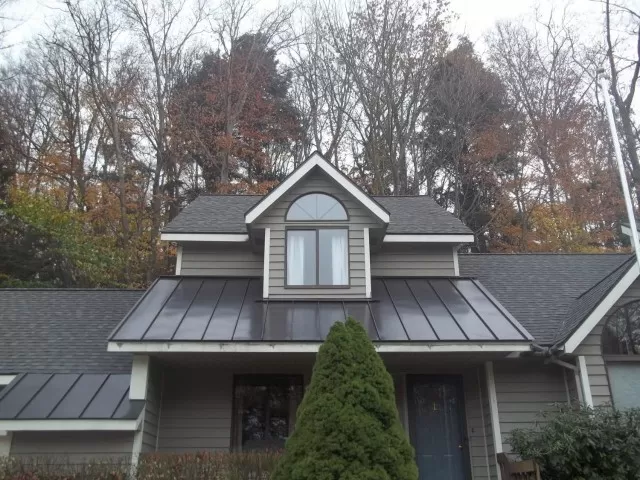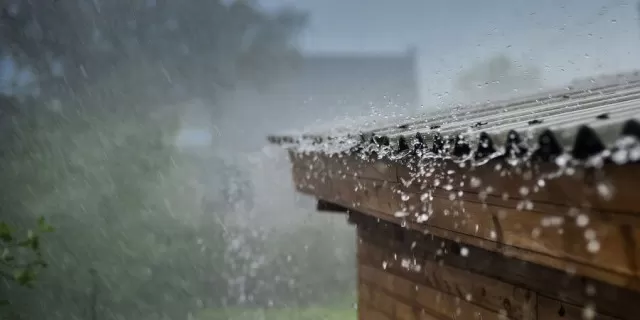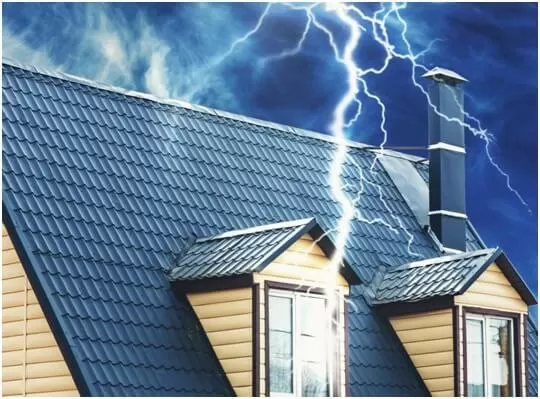Dispelling 5 Metal Roof Misconceptions .Discover the facts behind five prevailing misconceptions surrounding metal roofing.Explore and uncover the truth behind five common misconceptions associated with metal roofing.
Gain valuable insights into the durability, cost-effectiveness, and overall benefits of this roofing option. Don’t let these myths prevent you from making an informed decision about metal roofing for your home or building. Learn how it can enhance your property’s aesthetics, improve energy efficiency, and provide long-lasting protection against the elements. Stay informed and make the right choice for your roofing needs.
Busting the Metal Roofing Myths: Unveiling the Truth

Myths and legends often surround various subjects, including building materials.
Over the years, metal roofing has undergone significant transformations, leading to the emergence of several misconceptions. Let’s debunk five prevalent myths associated with metal roofing and separate fact from fiction.
Debunking the Lightning Strikes Myth: Metal Roofs and Safety
Contrary to popular belief, a metal roof does not increase the likelihood of your house being struck by lightning.
While metal conducts electricity, it does not attract lightning. In fact, metal roofs are safer than certain roof types, such as wood, because they are non-combustible. Let’s separate fact from fiction and understand the truth about metal roofs and lightning safety.
Dispelling the Rain Makes a Racket Myth: Metal Roofs and Noise

Contrary to popular belief, metal roofs are not necessarily noisy in the rain.
When installed over an existing roof with attic space and insulation, they are typically no louder than other roof types. In fact, they may even be quieter.
Let’s uncover the truth about metal roofs and noise levels during rainfall.
Debunking the Hail Damage Myth: Metal Roofs and Resilience
Contrary to popular belief, metal roofs are not highly susceptible to damage from hail.
While exceptionally large hailstones may cause dents, normal-sized hail typically does not. Moreover, textured metal roofs are even less likely to show minor dents.
Let’s separate fact from fiction and understand the resilience of metal roofs when it comes to hail damage.
Debunking the Walk About Myth: Walking on Metal Roofs

Contrary to the belief, it is possible to walk on a metal roof.
Walking on a metal roof can be a necessary task for maintenance, repairs, or inspections. However, it is crucial to understand the proper technique and safety guidelines to prevent potential damage to the roof. Here are some important points to consider when walking on a metal roof:
- Consult the Manufacturer: Before stepping onto a metal roof, it is highly recommended to consult the manufacturer of the specific product you have installed. Each metal roof system may have different specifications and guidelines for walking on it. The manufacturer will provide you with the most accurate information regarding weight limits, safe walking areas, and techniques to minimize any potential damage.
- Use Proper Footwear: When walking on a metal roof, it is essential to wear appropriate footwear that provides good traction and grip. Non-slip rubber-soled shoes or boots are often recommended to minimize the risk of slipping and to protect the roof surface from damage.
- Distribute Your Weight: To minimize the impact on the metal roof, distribute your weight as evenly as possible by walking on the flat sections or structural supports, such as purlins or rafters. Avoid stepping directly on the seams or ridges, as these areas are more vulnerable to damage.
- Take Precautions for Steep Roofs: Steep-sloped metal roofs require extra caution. It is generally recommended to avoid walking on roofs with a pitch greater than 6:12 (6 inches of rise for every 12 inches of horizontal run). In such cases, it is advisable to hire professionals with experience in working on steep roofs to ensure safety and prevent any potential accidents.
- Be Mindful of Weather Conditions: Consider the weather conditions before attempting to walk on a metal roof. Wet or icy surfaces can be extremely slippery, increasing the risk of accidents. Avoid walking on a metal roof during adverse weather conditions to prioritize your safety.
- Minimize Traffic and Impact: Whenever possible, limit the number of people walking on the roof and the frequency of foot traffic. Excessive or unnecessary foot traffic can increase the likelihood of damage to the metal roof surface. Plan your tasks efficiently to reduce the need for repeated access to the roof.
Remember, walking on a metal roof should be done with caution and proper understanding of the manufacturer’s guidelines. When in doubt, consult a professional roofing contractor or the manufacturer for specific instructions and advice tailored to your metal roof system. By following the recommended techniques and taking necessary safety precautions, you can safely navigate a metal roof while minimizing the risk of damage or accidents.
*The information is for reference only.